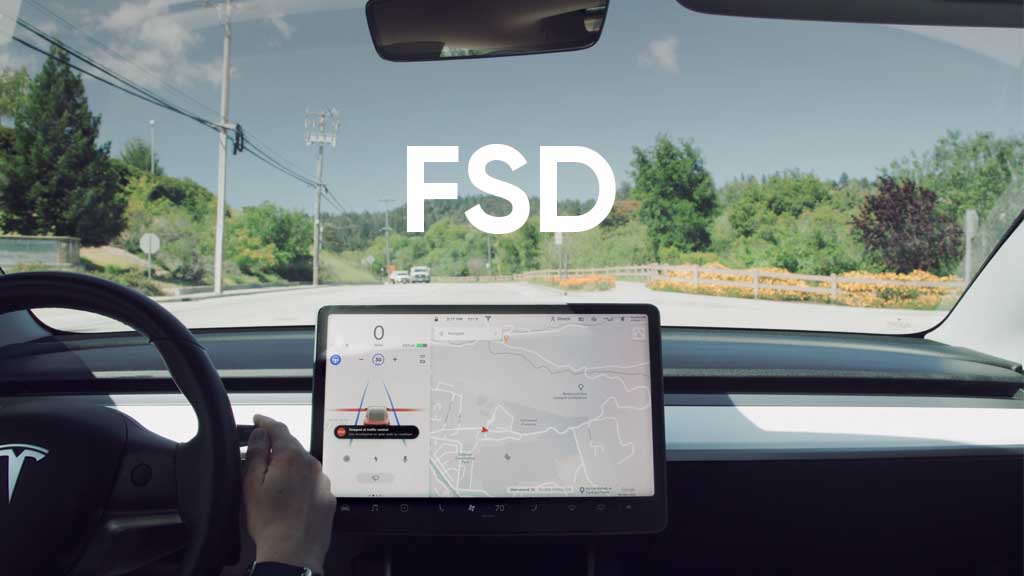Tesla
Nvidia says 35,000 Nvidia H100 AI chips empowers Tesla FSD 12

Nvidia says Tesla has well over 35,000 H100 GPUs and it helped the company to achieve breakthrough performance in Full Self Driving (FSD) version 12.
The latest comment from Nvidia came during a fiscal first-quarter earnings announcement on Wednesday. The world’s largest AI chip seller expects $28 billion in sales through his quarter.
Wall Street was anticipating earnings per share of $5.95 on sales of $26.61 billion according to LSEG. Nvidia reported a net income of $14.88 billion or $5.98 per share compared to $2.04 billion or 82 cents last year.
Over the past year, It has been selling AI chipsets to the entire industry including OpenAI, Adept, Anthropic, Character.AI, Cohere, Databricks, DeepMind, Meta, Mistral, xAI, and others.
“We supported Tesla’s expansion of their training AI cluster to 35,000 H100 GPUs,” said the company.
It is one of the most cost-boosting chipsets that the industry is opting for generative AI and Machine Learning. The H100 packs massive 80 billion transistors to provide fast data processing for large-scale operations. It brings an NVLink switch system to allow connection of up to 256 H100 GPUs for extreme computing power.
This chipset boosts generative AI tasks such as model training to create new data including images, text, and audio with trillions of parameters. FSD 12 is the newest and the most advanced self-driving technology from the electric vehicle (EV) maker. With this release, the company surpassed model training constraints and added new capabilities to the system.
Reviews of the FSD 12 show that the new version has way more natural driving and a better understanding of traffic and navigation than previous FSDs. This is due to the neural network that replaced manual code in the system for new intelligence and maneuvers more naturally.
Nvidia said that the video transformers are enabling better autonomous driving capabilities. The company expects an increase in its AI infrastructure sales for the automotive industry.
